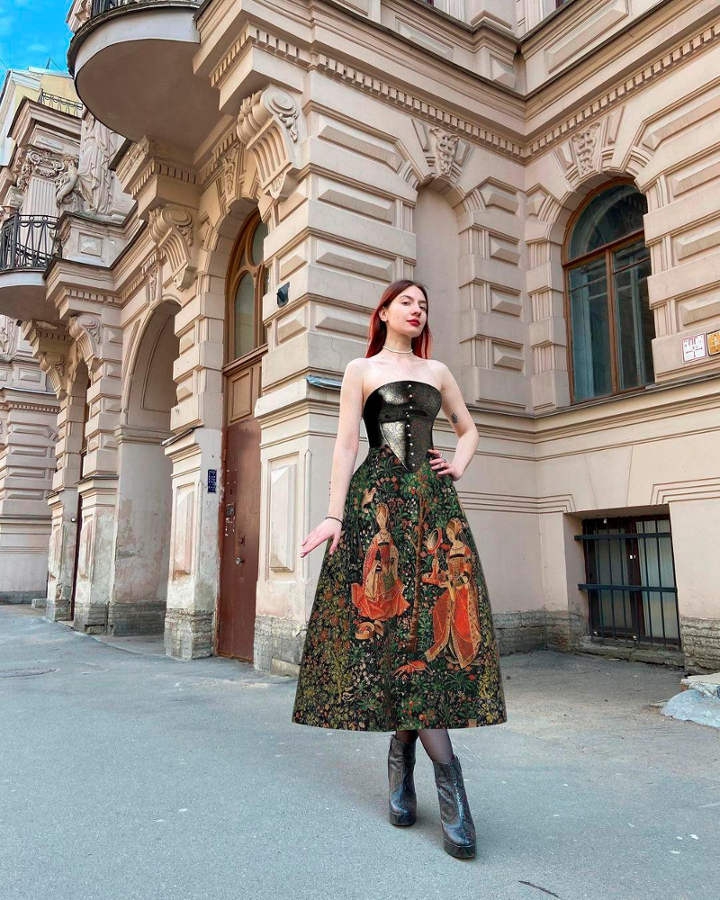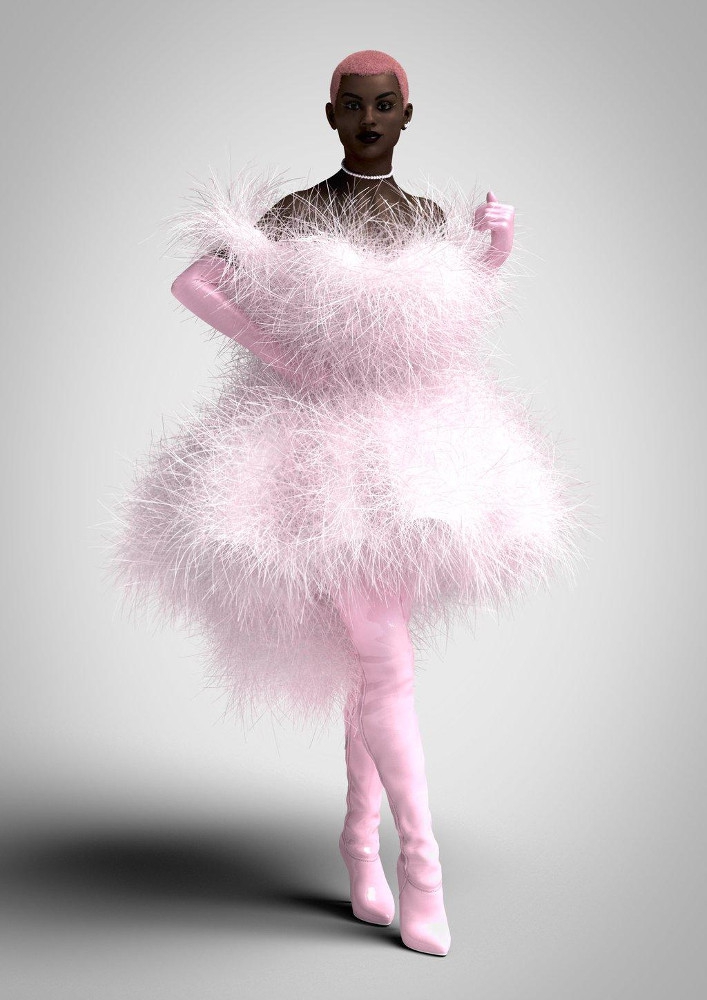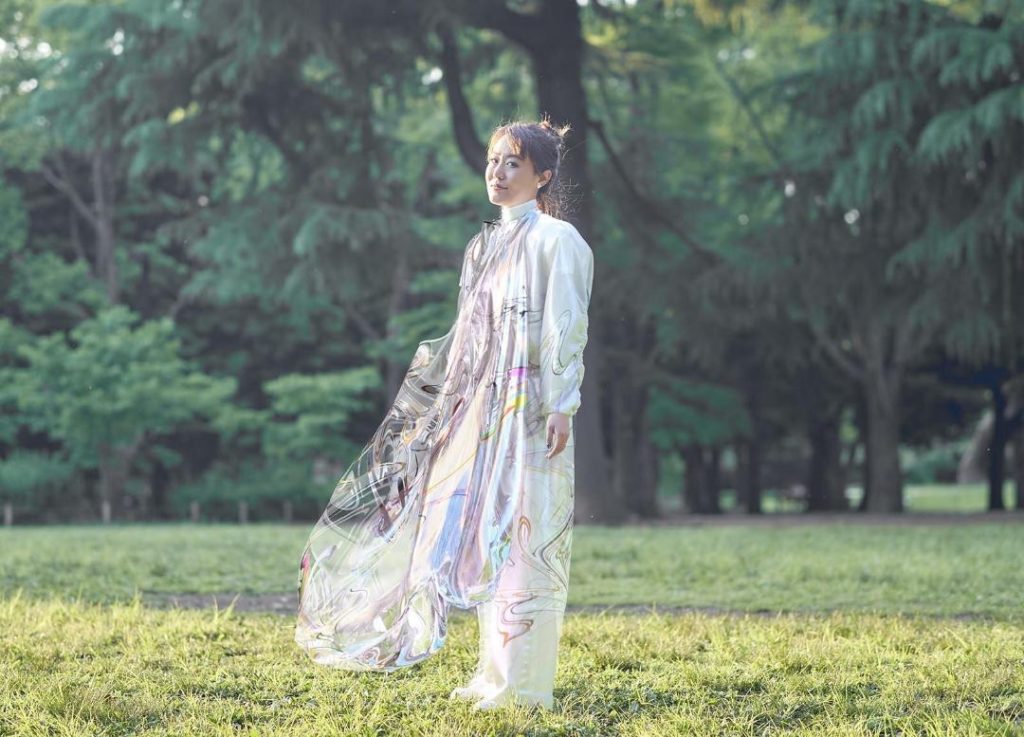Everything You Need to Know About Digital Fashion

Including the driving technology companies that embodied this concept.

In the era of social media content and an increasingly flexible return policy, doing it for the gram is rampant. The wastage of physical resources for a post in cyberspace does not seem worth it. We often forget everything involved in producing a garment:
- Vast land-to-grow materials
- Complicated shipping logistics
- Environmentally damaging packaging
- Storage space requirements
- All sorts of high costs
Is all that effort worth it just for a reel on Instagram, a Tiktok content?
The designers have found a way of doing it for the gram that does not have to damage the environment and an instant solution that leads to sustainability, namely through cyber clothing or digital garments. The way it works follows a process called ‘fitted to order.’ Digital garment buyers can upload where the clothes will be plotted in 3D to look very realistic. This final result can then be shared. Most cyber clothing brands do the same way, including Republique, Replicant, and XR Couture. Through applications such as Clo Fashion and Marvelous Designer, more and more independent creators can sell clothes to various platforms and marketplaces for digital fashion. This condition then encourages a new aesthetic because many ideas can only be realized digitally.
Examples are:
- Large and complex silhouettes.
- Materials that do not exist in the physical world.
- Even transformative forms.
The nature of cyber clothing is purely digital, so traceability, authenticity, and trading are essential elements. Product data is entered into a blockchain, a digital transaction record technology that is cryptographically linked and distributed between users. Therefore, the existing data may not be able to be changed alone. This is where NFTs (non-fungible tokens) and cryptocurrencies come into play.
On platforms like The Dematerialized, payment methods can be made using bitcoin. Last February, Crypto Fashion Week was held to introduce the public to how the technology could be brought together. Last June, the NFT platform Mintable launched Neuno, which specializes in NFT fashion.

Cyber clothing has democratized fashion, with accessible prices (starting from 6 US dollars), fast production lead times (average plotting takes two days). Still, it can also provide services that are parallel to couture. Where couture is concerned with savoir-faire, several processes are covered by digital garments: customized sizes for each client, use of the best materials, and in some cases, exclusivity.
Some brands apply digital exclusivity, which is a limitation on the number of distributions to increase value. Tribute, a brand from the United States (which was crowded because Mugler’s former Artistic Director, Nicola Formichetti, wore one of her designs), is limited to 100 uploads per style. Still, they also accept custom orders with TB Taylor Made Cyber Services—the price is according to the level of order complexity.

And it turns out that the market potential is huge—according to NowFashion, digital fashion “has the potential to represent 1 percent of the US$25,000,000,000 fashion market share.” Sales of virtual skins on Fortnite alone reached 50 million US dollars in May alone. QuantStamp CEO Richard Ma once gifted his wife, Mary Ren, a custom shirt by The Fabricant for $9,500. He even considers the Iridescence Dress an investment because the asset is present on the blockchain. While most of the implications of using digital fashion are still single-use, we note a few drivers that could encourage its use:
The Fabricant

Digital Fashion House is known as one of the pioneers of augmented reality since introducing the Iridescence Dress, the world’s first digital-only dress and on the blockchain. His name has often been heard collaborating with many names, including Nike, Tommy Hilfiger, and A Bathing Ape. Cyber clothing from The Fabricant is prepared in the form of files that can be used in CLO3D. Users can also edit their clothes. With the tech firm Your Majesty, the first digital fashion platform was born in 2002 called Leela. Its use is easy because you only need to upload a face photo which will later be loaded on an avatar. After that, this avatar can wear clothes from the Spring 2020 collection titled Fluid made of transparent and wavy.
Dress

By far, DressX is the most significant cyber clothing retailer worthy of comparison to Farfetch or Net-A-Porter. This Ukrainian tech company provides a variety of digital fashion and non-static cyber clothing. Social media is a source of profit for Dress. Apart from half of its customers coming from Instagram in the 25 to 35 age range, they also use social media to make things physically impossible. For example, shoes by Buffalo London and The Fabricant are designed with a burning fire in mind. In addition, Dress also launched DRESS Cosmic, a collection of casual clothes with Space images in the public domain.
IL3X dan ARdrobe
IL3X, as a design house and virtual platform, sells cyber clothing at a multi-brand online shop called ARdrobe (Augmented Reality Wardrobe) in an easier way. Without the need to download an application, you can access a virtual wardrobe through a browser that makes it easy for people to store and create outfits in a way that works similar to using filters on social media. What is offered here is a feminine aesthetic with Y2K fashion influences. Another advantage is that the process is instant. Users are free to adjust the size, position, and lighting of the purchased product even though the results displayed are less realistic.
VHF Digital
Video is the most consumed medium online. It’s no wonder that a digital publication in video format has finally emerged, complete with direct shopping. VHF packs freshly branded content, offering virtual fashion as well as 3D opportunities. This publication succeeded in attracting Blumarine, GHDC, and Emporio Armani for their first edition. Although the clothing products displayed are also available in physical form, the experience from the platform presents new opportunities.
Author: Allysha Nila; Photo: Courtesy of Republique, Replicant, XR Couture, The Fabricant, Dress, wardrobe




